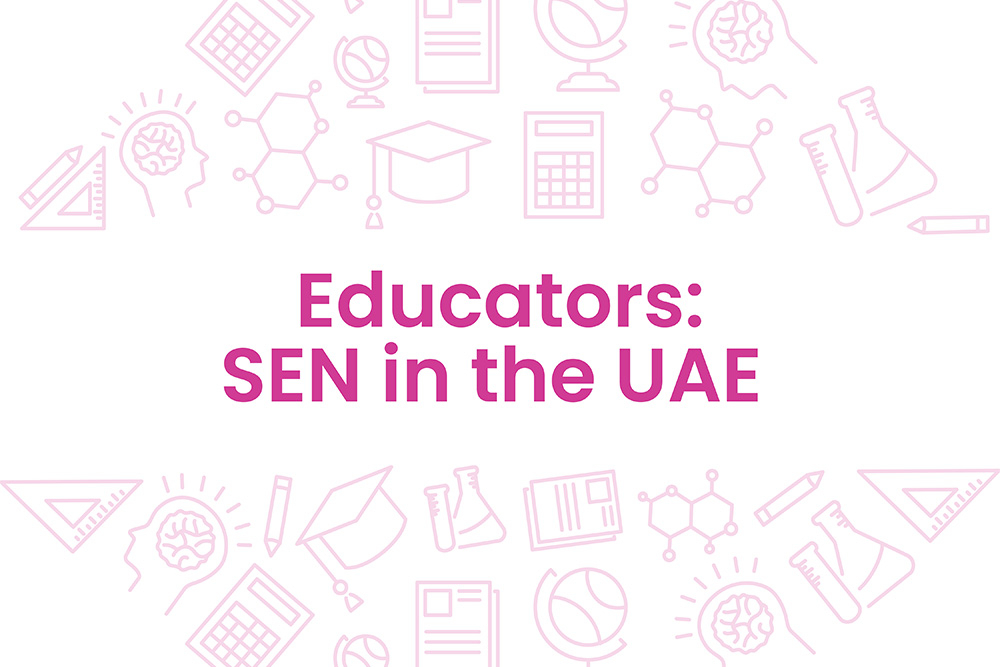
Education is a fundamental right for every child, regardless of their abilities or challenges. Inclusive education ensures that every student, including those with Special Educational Needs (SEN), receives the necessary support to thrive academically, emotionally, and socially. This blog aims to shed light on the importance of SEN education and support, exploring the strategies and resources available to create an inclusive learning environment for all.
SEN refers to a range of learning difficulties or disabilities that require additional support in the educational setting. These needs can manifest in various ways, such as specific learning disabilities, autism spectrum disorders, attention deficit hyperactivity disorder (ADHD), physical disabilities, sensory impairments, and emotional or behavioral difficulties.
1. Individualized Education Plans (IEPs): IEPs are customized plans that outline specific learning goals, accommodations, and support services for students with SEN. Collaborative efforts between educators, parents, and specialists are crucial in developing effective IEPs that address each student's unique needs. IEP’s should include SMART goals which are Specific, Measurable, Attainable, Realistic and Timely. The goals are to support a child to progress in an area of development. An example could be a SMART goal of a child sitting on a chair in the classroom for 5 minutes, once achieved you can extend to 10, 15 or 20 minutes.
2. Differentiated Instruction: Teachers employ diverse teaching strategies to cater to the individual needs of students. By adapting content, delivery methods, and assessment techniques, educators can ensure that students with SEN can actively engage and comprehend the material.
3. Assistive Technology: Technological advancements have revolutionized SEN education. Assistive devices and software, such as text-to-speech programs, screen readers, and alternative input devices, enable students with disabilities to access information, participate in class activities, and express their ideas effectively.
4. Inclusive Classroom Environment: A positive and inclusive atmosphere plays a vital role in fostering the growth and well-being of students with SEN. Encouraging peer interactions, promoting empathy, and embracing diversity within the classroom help create an environment where everyone feels valued and respected.
1. Specialized Instructional Support: Dedicated special education teachers and support staff provide direct instruction and assistance to students with SEN. They collaborate with mainstream teachers to implement individualized interventions, monitor progress, and adapt teaching strategies to meet specific learning needs.
2. Speech and Language Therapy: Speech and language therapists play a crucial role in supporting students with communication difficulties. Through tailored interventions, they help develop language skills, improve articulation, and enhance social communication abilities.
3. Occupational and Physical Therapy: Occupational and physical therapists work with students who have sensory, motor, or physical challenges. They help improve motor skills, coordination, and sensory integration, enabling students to actively participate in academic and daily activities.
Inclusive education is a powerful tool that empowers students with SEN to reach their full potential. By embracing diverse learning needs, providing tailored support, and fostering an inclusive environment, we can create a society that values the unique abilities of every individual. Let us work together to ensure that no child is left behind and that every learner receives the education and support they deserve.